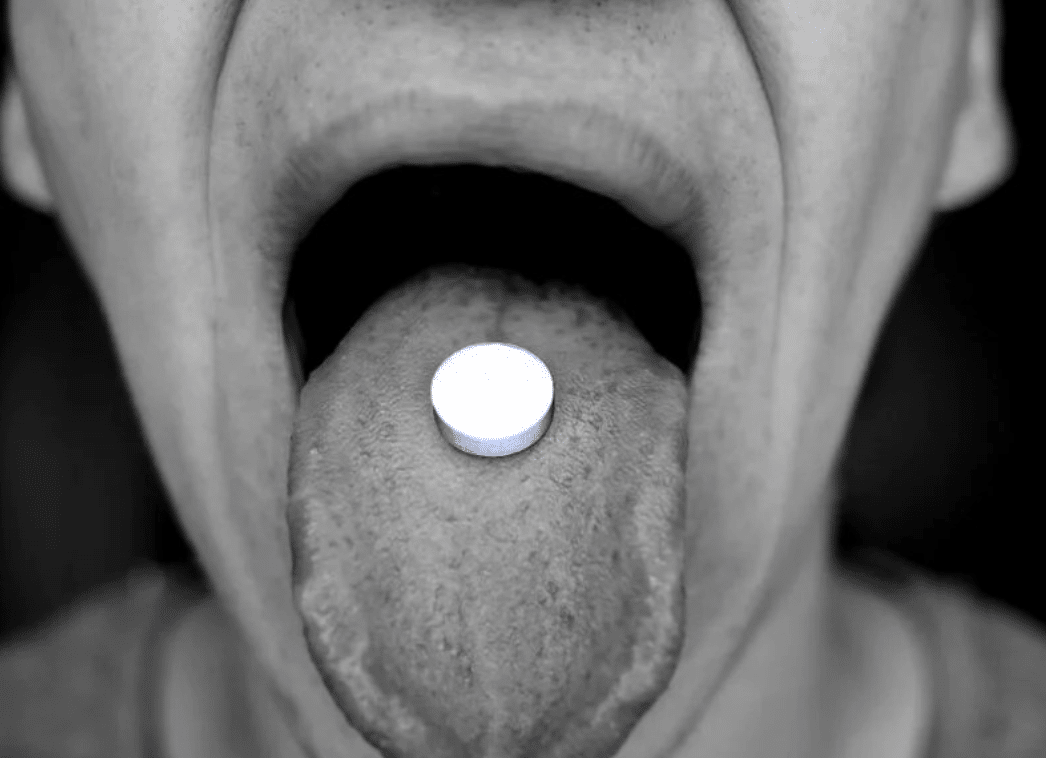In medicine, ozone therapy is used to disinfect and treat diseases by limiting the effects of bacteria, viruses, fungi, yeast, and protozoa.
In this article, learn about the uses and benefits of ozone therapy, as well as side effects it may have.
What is ozone therapy?

Ozone therapy may be applied through injection, and can be used to treat a range of health problems.
Ozone therapy uses ozone, a colorless gas made up of three oxygen atoms.
Some researchers believe that ozone has therapeutic effects and the therapy has been studied and used for over 150 years.
A layer of ozone is found in the earth’s stratosphere. Its primary purpose is to protect the earth from the sun’s ultraviolet radiation, most of which it absorbs.
In medicine, ozone therapy is used to disinfect and treat conditions by disinfecting the area around them, improving the body’s intake and use of oxygen, and activating the immune system.
Using a gas as a medical treatment is unusual, so there are special techniques that are employed. Ozone can also be toxic when inhaled.
Uses
Ozone therapy has been found to be useful in several ways in medicine. When it was first used more than 150 years ago, it was to disinfect and treat diseases.
During the First World War, its application to wounds showed not only its ability to disinfect but also to aid blood flow and produce anti-inflammatory effects.
Later, it was found to be a useful treatment for people with HIV before pharmaceutical medication was available.
Today it is used for treating the following:
- infected wounds
- circulatory disorders
- geriatric disorders
- macular degeneration
- viral diseases
- rheumatism and arthritis
- cancer
- SARS
- AIDS
Although ozone is a gas, developments in technology mean it can be used in several forms and different ways, including:
- ozonated olive oil applied directly to the body
- insufflation, a risky therapy where ozone is blown into the rectum
- ozonated water, which is drunk
- injections, which are often used in dentistry
- autohemotherapy, where blood is withdrawn, mixed with ozone, and put back into the bloodstream
- gas bath or sauna
Benefits

Ozoneated water may improve brain function, fight bacteria, and speed up healing.
There have been some promising studies examining how ozone may be beneficial to health by:
- inactivating bacteria, viruses, fungi, parasites, yeast, and protozoa
- stimulating the immune system to speed up healing
- improving circulation by cleaning the arteries and veins
- purifying blood and the lymph
- normalizing hormone and enzyme production
- having anti-inflammatory properties
- reducing pain
- stopping bleeding
- preventing shock
- limiting stroke damage
- reducing cardiac arrhythmia or abnormal heart rhythm
- reducing the risk of complications from diabetes
- improving brain function and memory
Is it safe?
One review reports that the effects of ozone therapy are consistent and safe. However, ozone itself does have dangerous effects.
Exposure to ozone is associated with a significant increase in the risk of death from a respiratory disease, and it has well-known toxic effects on people’s lungs when present with nitrogen dioxide in smog.
Even small amounts of ozone can irritate the lungs and throat, resulting in coughing, shortness of breath, and damage to lung tissue that is more susceptible to infections.
There have been cases where ozone therapy has had adverse effects, some of which were severe. These reported side effects include:
- shortness of breath and other respiratory problems
- enzyme inactivation
- swelling of blood vessels
- poor circulation
- heart problems
- increased risk of stroke
- damage to the eardrum via insufflation of the ear
- bowel rupture because of insufflation of the rectum
- causing pulmonary embolism and death when given intravenously
These adverse effects are rare and, under normal circumstances, ozone therapy is considered to be safe.
Side effects

Those considering ozone therapy should discuss potential risks and benefits with a doctor.
Side effects from ozone therapy can vary depending on what type of treatment someone has undergone.
Ozone should not be inhaled under any circumstance. If it does go into the mouth, nose, or eyes, it can burn and cause coughing, nausea, vomiting, or headaches. More severe exposure can lead to respiratory complications.
However, other treatment methods can have side effects, too, as outlined by the American Center for Biological Medicine.
One of the main side effects people having treatment or therapy can have is known as the Herxheimer reaction. This can make the individual have flu-like symptoms and make them feel worse in the short-term.
If ozone therapy is given, using insufflation via the rectum, the person may experience mild discomfort, cramping, and feeling as if they need to pass gas. These side effects are temporary.
Positive side effects include:
- nails and hair grow longer and stronger
- the skin has a more healthy glow
- a person has more energy
- falling asleep is easier
There is new research being done on a regular basis into ozone therapy and new developments into its use in medicine.
Anyone who has any questions about ozone therapy and the treatment that is right for them should speak to their doctor.
How many pounds have you lost this month? At Dieta Efectiva you can lose 10-12 lbs your first week and 2 – 5 lbs every week after. Visit us dietaefectiva.net to learn more about our program
BG:NMT








